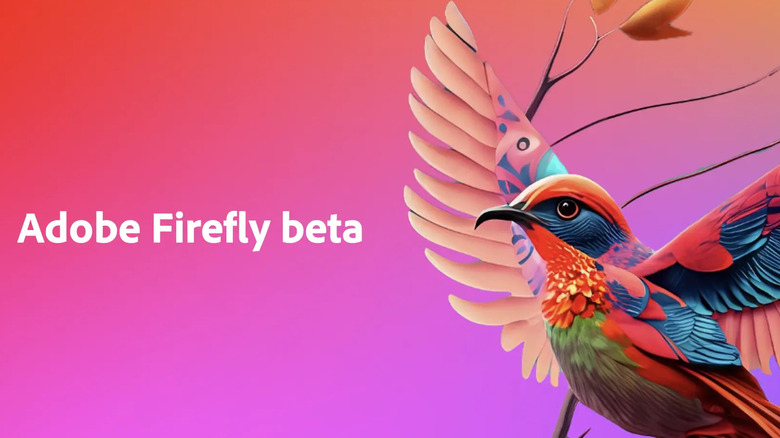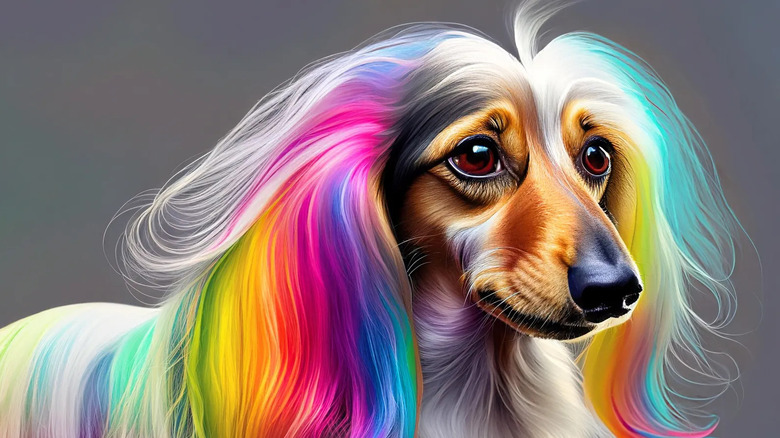Adobe Launches 'Firefly,' Its Very Own AI Image Generator
Artificial intelligence (AI) has been making waves in recent months. Some are in awe at how far the technology has come, while others are concerned about its impact on the workforce. There are also legal concerns around necessary regulations, restrictions, and copyright issues caused by the new tech.
Still, the ball keeps rolling, and Adobe is the latest company to announce it is releasing an AI product. The company's AI image generator, named "Firefly," turns text prompts into pictures. It can be used to add effects to existing photos, or simply create things from scratch.
Several AI image generators are already on the market, varying in quality, price, and style. Adobe will undoubtedly be aiming for a professional-level product capable of producing high-quality work. While programs like Stable Diffusion have found themselves in legal trouble due to use of copyrighted images, Adobe has built its bot in a way that avoids those issues and ensures artists are receiving something for their work.
The image banks Adobe trained its bot on is comprised of a mixture of licensed imagery the company paid to use, and copyright-free material. Adobe is also looking for AI's use of people's work to be further regulated, including backing a universal "Do Not Train" tag, which artists can apply to their work if they do not want it to be used while training AI.
Adobe will be improving the model over time
Firefly is attempting to appeal to as broad a range of users as possible, and there may not be a solid barrier to entry. Different versions of the model "tailored toward different skill-levels and use-cases" will be made available over time, so Adobe's customers can find an exact model that they're capable of getting the most from.
At the higher end, users will be able to "train" models to fit their exact needs. So if you have your own unique art style, or just need an AI that can perform a particular function, it's possible to tweak Firefly until it fills that role perfectly. Adobe is also aware of how AI can go wrong and produce biased outputs.
This is something the company says it will keep in check as it expands the variety of images its model is trained on. It's a large undertaking, but the company does seem to have put an emphasis on establishing a set of ethics for its use of AI, and is using those ethics as a framework to build around.
So what does Firefly do?
As mentioned, at a basic level you can generate an image of pretty much anything — in any style — from scratch. If you enter a wacky sounding input like "A watercolor painting of a hedgehog drinking martinis and watching a CRT TV in an old people's home," then the model will do its best to recreate that exact image.
As always, the prompt's exact wording and structure has a huge impact on the final outcome. It's also hard to know how good Adobe's model is until people test it. That being said, Firefly isn't just for producing visual representations of your oddest fever dreams, and can also be used for photo editing.
On its website, there's a picture of an outdoor sauna sitting on a lawn in summer. A prompt "Change scene to winter day" is overlaid on the photo, and next to it is that scene in winter. The grass is replaced by snow, the trees are devoid of leaves, and even the building behind it has frosty windows. Images can also be stylized, fonts can be created, rough sketches can become masterpieces — there are a lot of possibilities.
Adobe isn't any stranger to AI, and features like content-aware fill or the magic wand tool use basic AI, and this features have been around for years. It's interesting to see where one of the world's largest creative software companies goes with its own trainable AI model. Adobe Firefly is currently in Beta, and users can apply for access via the company's website. It's unknown when the generative AI model will receive a full release.

